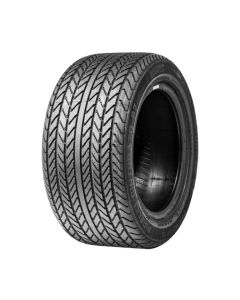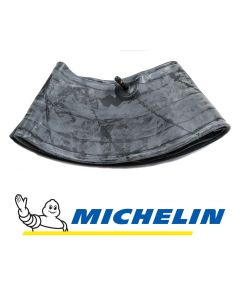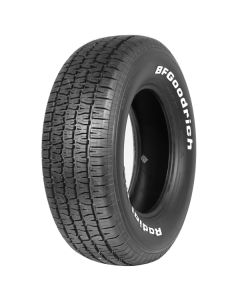De Tomaso Longchamp Tyres

De Tomaso Longchamp 2+2 Brochure (XWX Tyres)
De-Tomaso Longchamp 1972–1989
Longchamp 2+2 Tyres 1972–1989
- The De Tomaso Longchamp 2+2 runs optimally on a set of 215/70 WR 15 Michelin XWX tyres.
- The Michelin XWX was the OE tyre on some or all Longchamp 2+2 models.
- Another good option for the Longchamp 2+2 would be the 215/70 R 15 96W PIRELLI CINTURATO CN12.
- Our period fitment guides suggest that Longchamp 2+2 wheels were tube-type, requiring innertubes. The Michelin 15/17H would be the best tube for these tyres.
- De Tomaso Longchamp 2+2 tyre pressure: 34 PSI front, 26 PSI rear.
- The De Tomaso Longchamp GTS fitted 225/50 R15 front tyres and 285/50 R15 rear tyres.
- In these sizes, the ideal Longchamp GTS tyres are the 225/50 VR 15 PIRELLI CINTURATO P7 (Front) and 285/50 VR 15 PIRELLI CINTURATO P7 (Rear).
- PIRELLI CINTURATO ™ P7 tyres were original equipment on the Longchamp GTS.
- Tyres with a profile below 70% (e.g., 225/50 VR 15 PIRELLI CINTURATO P7) do not use innertubes.
- De Tomaso Longchamp GTS tyres require a pressure of 32 PSI front and 25 PSI rear. For high-speed or full-load use, we suggest a pressure of 35 PSI front and 28 PSI rear.

1972 De Tomaso Longchamp on Michelin XWX Tyres

1980–1981 De Tomaso Longchamp GTS Ghia on PIRELLI P7 Tyres
Longchamp GTS Tyres 1980–1989

De Tomaso Longchamp Brochure Cover Photo
History of the De Tomaso Longchamp
After the De Tomaso Deauville failed to gain popularity, the company tried again with a similar design built from 1972–1989, the De Tomaso Longchamp. Based on the Mercedes Benz 450SLC, the car unfortunately didn't capture the public's attention. Later on, after gaining control of Maserati, the car would be rebadged as a De Tomaso Kyalami with a Maserati V8 engine.
The Longchamp had a broad and wide bonnet to house the 5,769 cc Ford Cleveland V8 engine. The Pantera's engine was the 351 Cleveland, a popular and powerful engine in early 1970s Ford muscle cars. It produced 330 horsepower and allowed the Longchamp to reach a maximum speed of 149 miles per hour.
The suspension consisted of an independent front and rear wishbone assembly with coil springs. The steering utilised a power-assisted rack and pinion system, and all the brakes used vented discs, with the rear brake discs positioned inboard. The inside of the automobile was fairly sumptuous, with practically everything covered in leather, albeit the usage of Ford-sourced parts (steering wheel, gear change) that curbed some of the opulence.
De Tomaso Longchamp Fitment Guides

1984 Michelin De Tomaso Longchamp Fitment Guide

1984 Pirelli De Tomaso Longchamp Fitment Guide

























